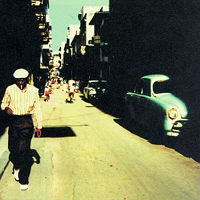DVD-Audio draft specs announced at CES; HDCD ported to Motorola DSP chip
As expected, the DVD WG-4 Audio Working Group announced at CES that it has released a draft of its DVD-Audio specification to the 10 original DVD consortium companies, and to music-industry associations RIAA (Recording Industry Association of America), RIAJ (Recording Industry Association of Japan), and IFPI (International Federation of the Phonographic Industry).

